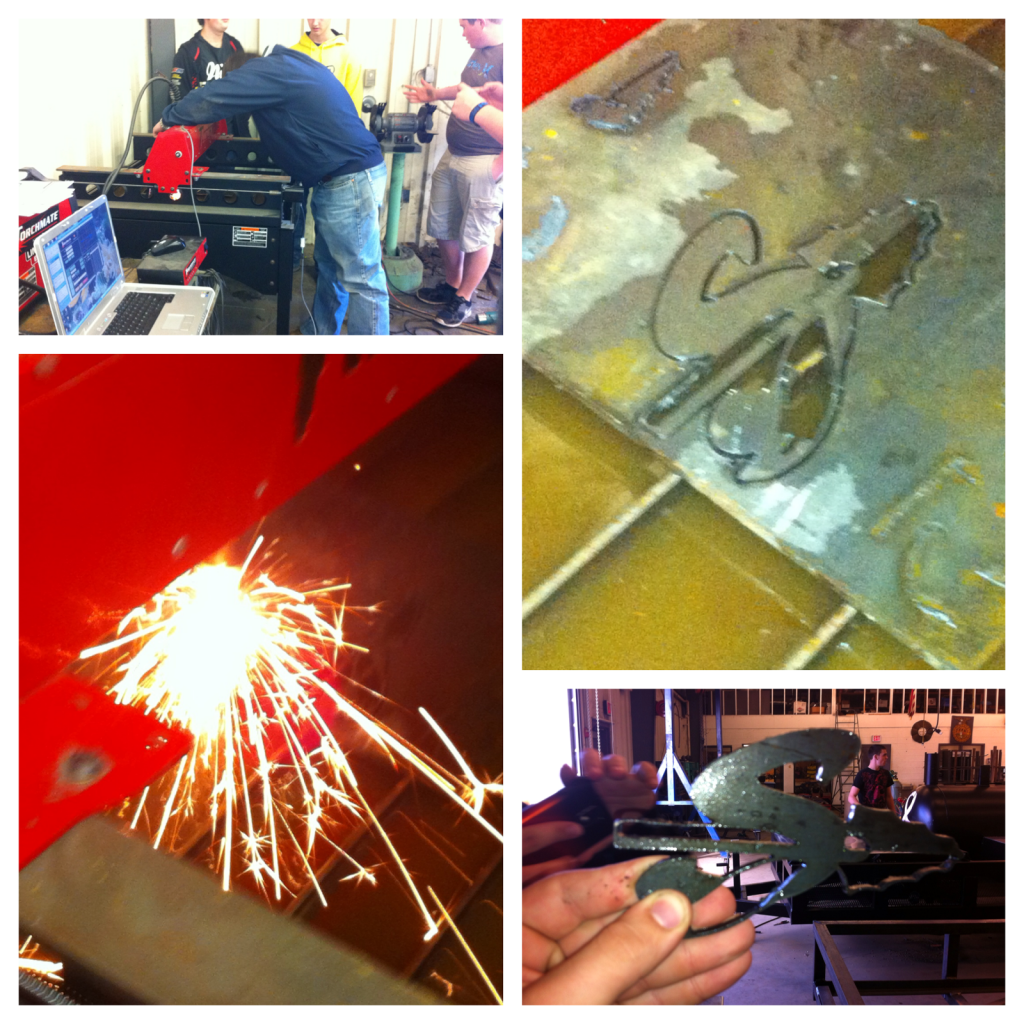Accidental Project Based Learning
I’ve had the opportunity to learn from many “artful accidents” through out my career. You go through the motions of lesson planning, gathering resources, setting your students up for success, but things do not always go as planned. Sometimes it is a disaster. Other times the results are amazing.
If you have any sort of knack for working with technology, it never takes long before your colleagues start bringing you little projects or problems to figure out. I have always tried to include my students in solving these problems if there is enough time in class. It provides an important opportunity to model life long learning and problem solving skills. It lets them see you when you don’t necessarily have all the answers. Every now and then a student will come up with a great solution or a new way of looking at the problem.
Case in point, yesterday I received a call from our Ag department. “Hey, can you help us figure out how to work this CAD program with our computer guided plasma cutter?” This was an intriguing problem with some amazing elements, technology, steel, fire and electricity… my answer, “I’ll be right there!” This was a great example of project based learning (PBL). Each person brought a different set of skills and perspectives which all came together in the successful creation of our district logo cut out of 1/4″ steel.

Ag students and the tech department work together to set up a computer based plasma cutter that imports images from a CAD program.
Everyone Engaged
In this example, PBL uses the different ideas of each individual to successfully complete the project. All the participants were engaged, several students took video footage and pictures of our progress with their phones. Everyone had a stake in the outcome. The students were equal participants with their teachers (the Ag teacher and myself). Everyone took some sense of ownership of the process and the outcome. Every student wanted to touch and examine the completed logo.
Learning from Failure
It took about ten different attempts to get the process right. With each failure, the group learned critical details which eventually led to success. Is the metal flat enough? Are we going too fast for the thickness? Is the amperage of the plasma cutter high enough? Should we fasten the ground wire to the metal or the chassis of the platform? How high should the cutting head be from the metal surface? None of these “failures” led to students giving up or developing low self-esteem. Instead, it increased their level of participation. They made valid observations and gave suggestions. Some worked and some didn’t.
At the end of the project, two class periods of students learned how to use the computer guided plasma cutter. Students from the first class period even came back during their lunch to work on the project. It is doubtful that anyone would have learned nearly as much had we taught this as a traditional lesson, with the steps outlined, and the details all laid out. That’s the beauty of PBL and why it has a place in the classroom… whether we facilitate these types of experiences for our students or they happen by accident.